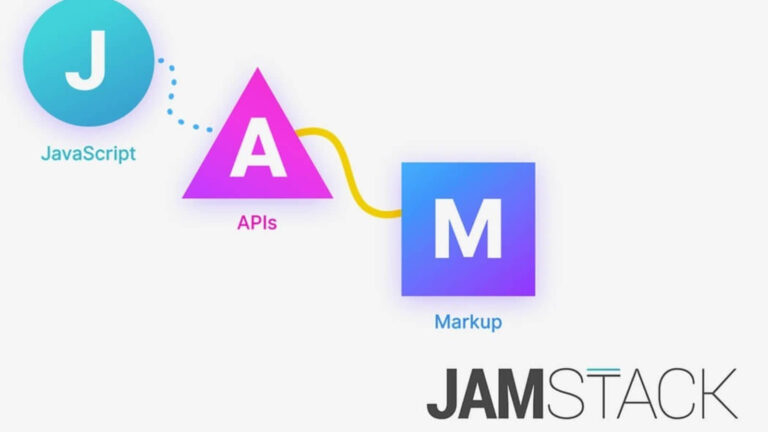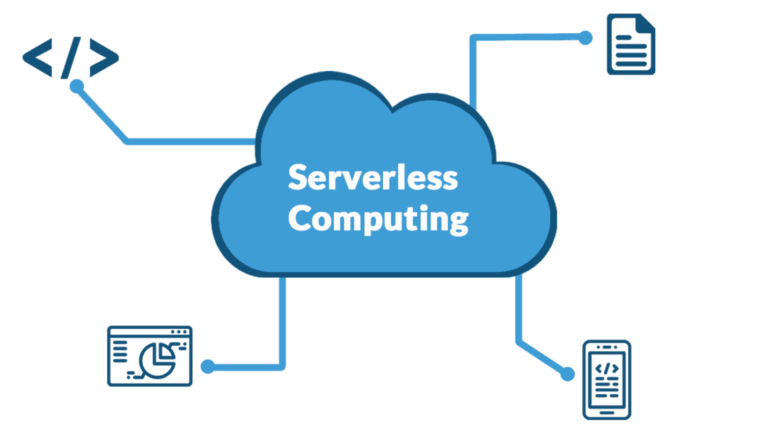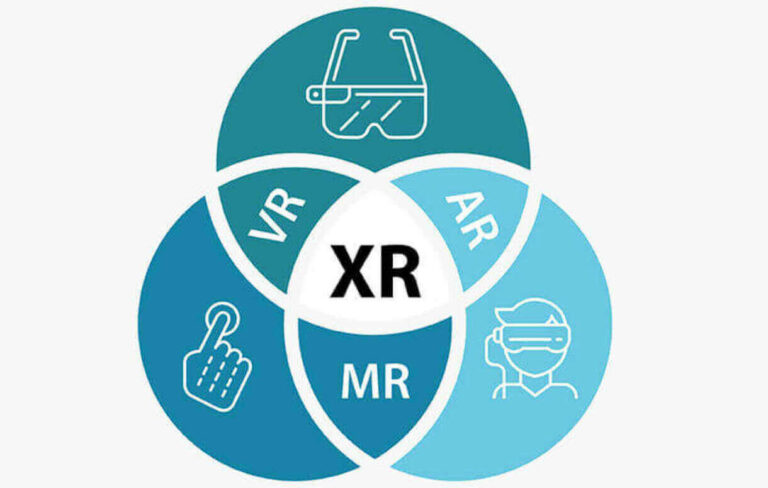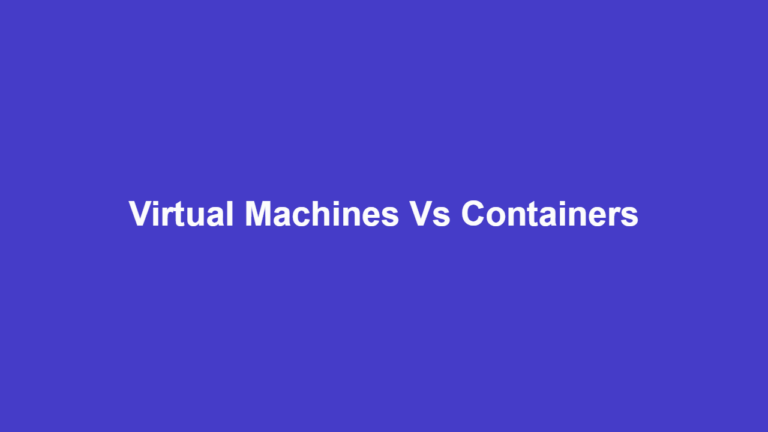Jamstack: Benefits, cons, history & more

Jamstack is the modern way to build websites and apps. Because it delivers an overall better performance than traditional websites. In addition to other advantages and cost savings.
The goal is to load a static HTM website first and then progressively enhance the site and user’s experience. This results in super-fast loading pages, that can later load images and other dynamic content as is needed.
The Jamstack is a practical approach to web development that offers advantages for both site owners and visitors. But while it is an amazing development, it is still not perfect for all types of websites.
This post looks at the history and different features of the Jamstack revolution, to discover what it can do for you and your business.
A little history of the Jamstack
Web-servers originally served static pages since the 1980s, until server-side scripting gained in popularity and dynamic websites became the de-facto wed-development standard by the early 2000s.
As the Internet grew, however, optimizations became necessary to save costs and reach more visitors. This led to the use of website caching, content-delivery networks, and media optimizations.
In addition to all these, personal computers were getting more powerful, and more and more workload was getting shifted to the front-end for JavaScript execution. This led to the development of many new technologies like jQuery, and later to Angular, React JS, Vue, and other JavaScript libraries.
The 3 pillars of the Jamstack
The Jamstack owes its evolution to three different but complementary technologies, without which it would be impossible. These technologies are JavaScript, Markup, and APIs. They contribute the 3 initials that form the JAM in Jamstack; J for JavaScript, A for APIs, and M for Markup.
Here is a closer look at each of these technologies and what it brings to the Jamstack ecosystem.
- JavaScript – JavaScript is a client-side interpreted scripting language, although frameworks like Node.js now make the engine available for server-side scripting as well. Being client-side means that whatever JavaScript code you write for a website will find execution after the page has loaded on a web visitor’s browser.
Being an interpreted language means that the code is provided ‘as-is’ on the web page, and not compiled beforehand as with languages like C and C++. All popular browsers support the JavaScript language, although there were differences in their interpretations in the past. This was the situation that led to the development of frameworks like jQuery to take care of all those issues.
Today, many modern frameworks make it even easier to do amazing stuff with JavaScript and for less of the time and hassle that you initially needed. Some frameworks like Next.js and Vue include features that make UI development with JavaScript a snap. And this contributed enormously to the Jamstack revolution. - APIs – The API or Application Programming Interface is the newest of these 3 pillars of the Jamstack ecosystem. It is a technological development that grew out of the Internet, in a bid to make the lives of programmers easier.
APIs let you query and get information from a range of web resources, by simply using the web address or URL of that resource and sticking to its specified protocols. It started as a means of interacting with a website without using a traditional browser, but it has evolved.
Today, APIs offer various services, including data-banking like the Firebase service, weather services, financial services, bookings, crime data, flight data, text-to-speech services, currency-rate conversions, and so on.
This API development makes it easy to replace traditional database-dependent websites with decoupled systems that can get their information from API sources. A Jamstack site can load the API data during its static-files compilation run. Or it can load a simple HTML site and use JavaScript to load whichever resource it needs when it needs it.
It is additionally worth noting that an API must not be public or external. You can either use any service of your choice or create yours that is specific to your site. Serverless functions have also become popular as an API source for Jamstack sites. And for good reasons, which you will see below. - Markup – A markup language is any computer convention that uses tags to define the elements in a document. The most popular markup language is the HyperText Markup Language or HTML, which runs most of the web.
The goal of markup in Jamstack is to define the layout of a web page or app. This means placing items in the right positions, including boxes, text areas, pictures, a header, and so on. Such a page without scripting is called a static site.
However, you can either code a Jamstack website directly in HTML or use other languages and platforms, such as a static-site generator. Many of these static-site generators accept HTML and markdown languages.
Static vs Dynamic Sites
Website loading speed is important for a good user experience and has, therefore, become part of Google’s Core Web Vitals, which are ranking factors for search results. The Jamstack way is to load a static site as quickly as possible, then add extras as needed, often using JavaScript and APIs.
Hosting a static site also means that your server is doing less work. And the savings are so much that a service like Netlify offers free static-site hosting. Static sites are also easier to create and deploy than dynamic sites.
However, dynamic websites also have certain advantages such as ease of editing, more functionality, and features like user-profiles and accounts. This makes dynamic sites often better for more complex projects. At least, for now.
Benefits of Jamstack Sites
Jamstack websites offer many advantages over traditional ones. And these advantages contribute to their growing popularity. Secondly, most of these advantages are in line with modern web development practices. And this makes the Jamstack a modern way to develop websites and apps.
Here are some benefits you can expect from applying Jamstack principles:
- Fast Loading Speeds – Static web pages load faster than dynamic websites because all the server has to do is serve the static files. A dynamic site, on the other hand, would have to parse the server-side script first. Then execute it, call the database for records, and check other environmental variables before delivering the final HTML file to the client.
- Low Resource Usage – You can either generate your static pages once and only serve them afterward. Or you can re-generate the pages every day, every hour, or every minute, depending on your needs. You will end up using fewer resources than a dynamic site. And this means lower costs as well.
- Better Security – The Jamstack architecture offers a smaller attack surface for malicious actors than dynamic websites. This is even better when all API calls are made during the compilation runs, so a web visitor has no idea about which web services and protocols are in use.
- Easy Scalability – Static websites are easier to scale because they use way fewer resources than dynamic sites. Plus data-banking and other resource-management issues are scarce or completely non-existent.
- Easy Maintenance – No infrastructure to maintain, no database admin routines, no security patches, and so on.
- Flexibility – You can add and remove resources easily. You are not dependent on a specific database or scripting language, except JavaScript and HTML. Change one line and you are connected to a different API.
Cons of Jamstack Sites
Jamstack sites also have their issues, and here are the most notable ones.
- It is not yet a mature technology.
- You can run into issues if you need dynamic features.
- API dependence can be problematic, though it is rare.
Jamstack & serverless functions
Though Jamstack sites use static web pages, they are not completely static. Because you can use API and serverless functions to add dynamic data to the site.
Services like Google cloud serverless functions, Netlify functions, and the Firebase database service make it easy to add dynamic data to any Jamstack site.
The GitHub repository & version control
You can host your static pages directly on a Jamstack host like Netlify. Or you can host your development files on a repository like GitHub and let a host like Netlify access them and build static pages whenever you need.
Asides from offering you a place to host your code, software repositories make it easier to manage different versions of your software. So you can easily roll back to a previous stable version if you happen to discover issues with the current.
GitHub makes all this easy for you. Plus, you can give explicit access to your Jamstack host of choice like Netlify, to access and compile your new data whenever you make an update.
Static Site Generators
Static site generators or SSGs are wonderful tools that enable less tech-savvy folks to turn dynamic websites into modern Jamstack sites.
Some SSGs like Eleventy or 11ty are designed for minimalists, while others like Gatsby come with all the bells and whistles you can wish for. They can offer features like image handling, mobile-friendly site layouts, menu generators, automatic paging, and so on.
Popular Jamstack site generators include:
UI-focused JavaScript Frameworks
The evolution of UI-focused JavaScript frameworks has greatly impacted the Jamstack evolution. Sure, you can always use vanilla JavaScript on your static sites, but using a framework makes things better and easier.
The most popular UI-focused JavaScript frameworks include:
Netlify & Jamstack Hosting
All Jamstack sites need hosting and a service like Netlify offers it for free. Netlify has been involved with the Jamstack movement for a long time and offers a freemium pricing model.
But unlike traditional hosting scenarios, free Jamstack hosting services offer great value and performance. Netlify’s free plan, for instance, includes unlimited sites, a rich dashboard, a CMS, serverless functions, and automatic capturing of submitted form data.
Other free Jamstack hosting services include:
Headless Content Management Systems
The headless content management system or CMS concept can be confusing for those new to the Jamstack ecosystem. But being headless simply means that the software is not attached to any platform.
Platforms like WordPress and Drupal, for instance, come with content management systems that are inseparable from the platform. That is, you can only use their editor to publish on the platform that it is a part of.
Headless systems are not attached to any platform. Rather, they connect through APIs to multiple platforms, making them highly flexible tools.
The most popular headless CMS software in use by Jamstack site admins include:
How to build a Jamstack site
Building a Jamstack site from hand is straightforward. Here is how you do it:
- Step 1 – Design your website’s layout using HTML and CSS.
- Step 2 – Add extra functionality using JavaScript.
- Step 3 – Add API functions and requests.
- Step 4 – Upload your files to your HTML server.
But the above steps are probably exciting for only geeks. So, different developers have come up with different tools to help non-coders get into the action without being a master coder.
Here are the other and easier methods:
- Static Site Generators – These are tools like Gatsby which make it easy to turn an existing dynamic website into a Jamstack static site. They have different functionality and some include special plugins for certain platforms like WordPress.
- Design Tools – These are design apps like Stackbit and Builder.io, which make it easy to design a modern Jamstack site without knowing how to code. Simply design and deploy.
When to build a Jamstack site
While the Jamstack architecture might not be ideal for certain types of websites, you can successfully use it for the following types of websites:
- Personal Sites – Basic sites that tell the world who you are.
- Company Websites – Corporate sites that include addresses, products, services, and so on.
- Landing Pages – Specially crafted to capture information from web visitors.
- e-Commerce Shops – Different types of sites that sell stuff online.
- Blogs – Content sites for regular updates. SSGs will even convert your WordPress sites automatically.
Conclusion
We have reached the end of this post on the Jamstack and everything you need to know about it. And you should realize by now that the future of the web is intertwined with the Jamstack movement.
If you are new to web development, then you should embrace the Jamstack without delay. And if you are a seasoned old-school web developer, then ask yourself if you want to get left behind.





